Nationality British | Website tishmurtha.co.uk | |
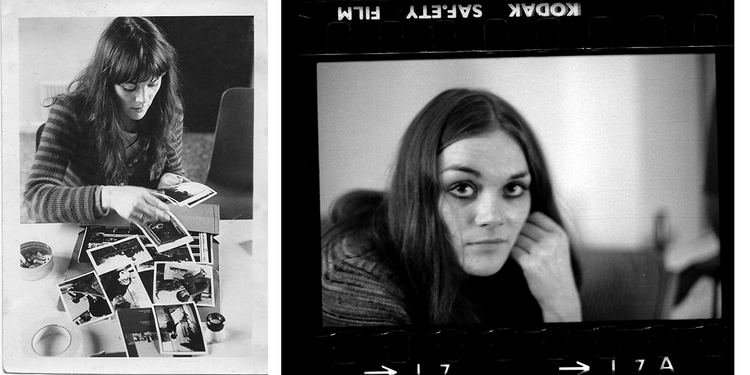 | ||
Full Name Patricia Anne Murtha Education University of Wales, Newport Style Social documentary photography | ||
Patricia Anne "Tish" Murtha (14 March 1956 - 13 March 2013) was a British social documentary photographer best known for documenting marginalised communities, social realism and working class life in Newcastle upon Tyne and the North East of England.
Contents
- Background and education
- Career
- Death and legacy
- Archive
- Collections
- Selected solo exhibitions
- Selected group exhibitions
- Selected books and exhibition catalogues with work by Murtha
- Other selected publications
- References
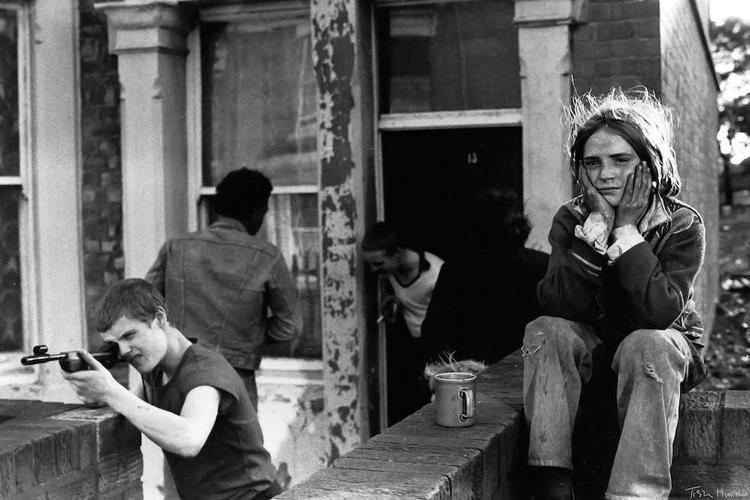
Background and education
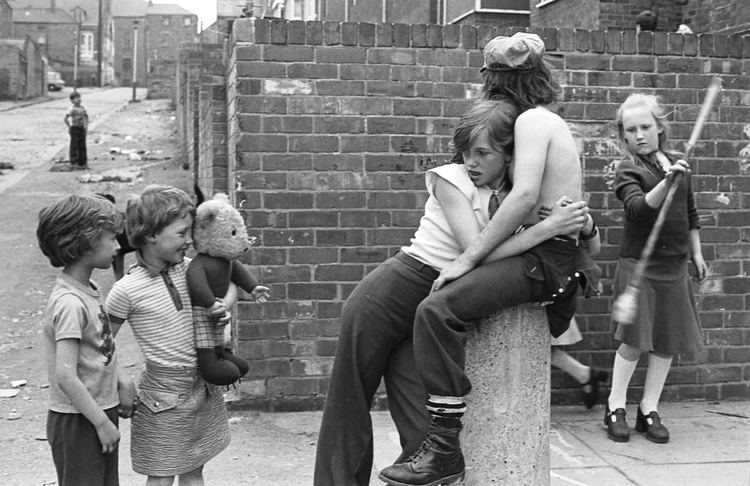
In 1976, aged 20, Murtha left home to study at the School of Documentary Photography at The University of Wales, Newport, set up by Magnum Photos member David Hurn. After graduating in 1978, she returned to Newcastle and set out to document “marginalized communities from the inside” - unlike other photographers who came to document social poverty in the region at the time Murtha didn’t just document it, she actually lived it, as the third of ten children of Irish descent, brought up in a council house in Elswick, she captured the lives of her friends, family and the community around her while herself on a job scheme for the unemployed.
Career
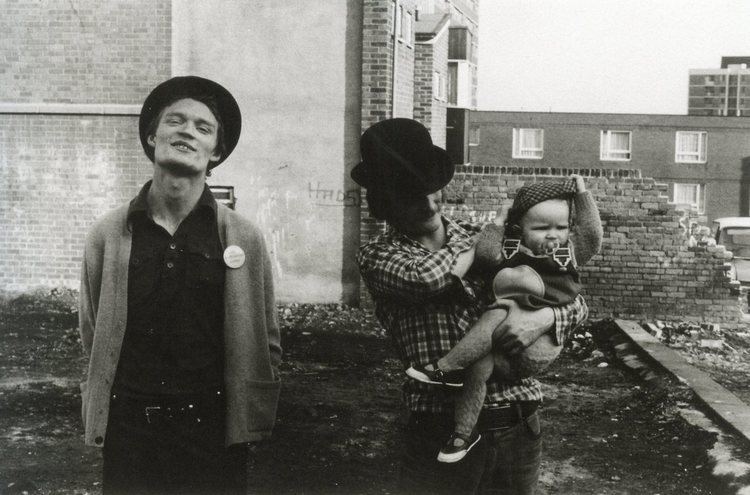
This led to the then controversial exhibitions Juvenile Jazz Bands (1979) and Youth Unemployment (1981), which was raised as a subject of debate in the House of Commons. Around this time Murtha was also commissioned to document the campaign Save Scotswood Works (1979) and provided photographs for the THAC (Tyneside Housing Aid Centre) publications Do you know what this is doing to my little girl? - Home Truths in the Year Of The Child (1979) and Burying The Problem (1980), highlighting social poverty on Tyneside.
In 1982, Murtha moved to London, where she worked on London By Night (1983) along with Bill Brandt, Brian Griffin and Peter Marlow. The group exhibition documenting Soho and the commercial sex industry, was exhibited in The Photographers’ Gallery, London. Murtha lived in the capital for five years, working on commission for Edward Arnold Publishers. She also photographed emerging celebrities Julian Clary and Philip Herbert and took the first headshots of a young Declan Donnelly upon her return to the north east in 1987.
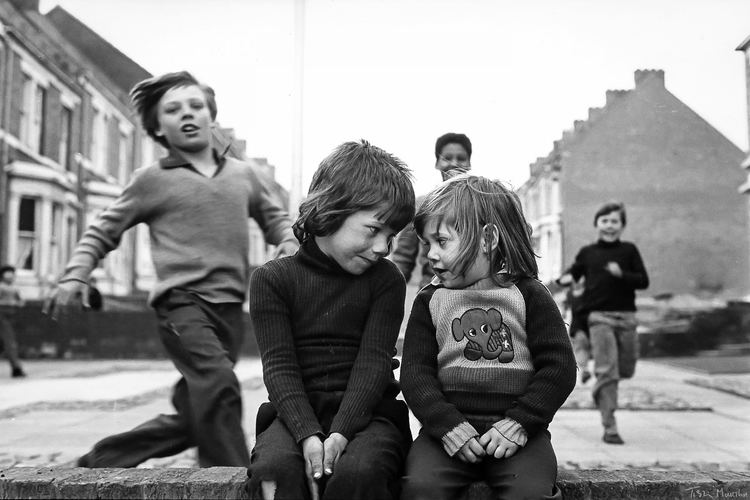
Between 2008–2012, Murtha's work was selected for three Arts Council / British Council Collection exhibitions; No Such Thing as Society: Photography in Britain 1967–1987: From the Arts Council Collection and the British Council Collection showcased "a radically new picture of these two turbulent decades"; Unpopular Culture – Grayson Perry Selects from the Arts Council Collection examined 70 works by 50 artists Perry describes as belonging to a period "before British art became fashionable"; Observadores - Fotógrafos Da Cena Britânica Desde 1930 Até Hoje (Observers: British Photography and the British Scene) was "the first exhibition ever staged in Brazil to chart a course through British photography in modern times."
In 2011, the group exhibition Paul Graham, Tish Murtha and Markéta Luskačová formed part of Look 11: Liverpool International Photography Festival
Posthumously, Murtha's work was included in the group exhibitions True/Grit - A Celebration of Northern Realism (2013), For Ever Amber (2015). and Childhoods - 1977 to 2016 (2016).
Death and legacy
On 13 March 2013 – the day before what would have been her 57th birthday – Murtha died after suffering a sudden brain aneurysm.
She is survived by her daughter, Ella and grandson, Dexter.
Archive
The Tish Murtha archive, comprising thousands of unseen images, is currently being scanned by a team at The University of South Wales, led by Paul Reas.
Collections
Murtha's work is held in the following public collections:
